Page speed and SEO are two interconnected elements that significantly impact the success of a website.
Internet users expect instant access to information, a slow-loading website can lead to frustrated visitors, higher bounce rates, and diminished search engine rankings.
Search engines like Google consider page speed as a ranking factor, prioritizing fast-loading websites to deliver a seamless browsing experience.
To thrive in the competitive online environment, website owners must understand the importance of page speed and implement effective strategies to optimize it, ensuring their website delivers a fast and engaging user experience while boosting its visibility in search engine results.

Here is what you will read in this article:

Page speed refers to the time it takes for a web page to fully load and display its content in a user's browser.
It is a crucial aspect of user experience and website performance.
Page speed is typically measured in seconds and is influenced by various factors, including the size of the page's files (such as HTML, CSS, JavaScript, and images), the server response time, and the user's internet connection speed.
It can be measured through various metrics including the following:
The term "Fully Loaded Page" refers to the point at which all the resources on a web page, including images, scripts, stylesheets, and other elements, have finished loading and are visible to the user.
It signifies that the page has completed its loading process and is ready for the user to interact with.
The time taken to achieve a fully loaded page is an important metric for measuring website performance and user experience.
Time to First Byte (TTFB) is a metric that measures the time it takes for a user's browser to receive the first byte of data from a web server after sending a request.
It represents the server's initial response time and indicates the efficiency of the server in processing the request.
TTFB includes the time taken for the server to receive the request, process it, and start sending the response back to the user's browser.
A lower TTFB indicates faster server response times and can contribute to a better user experience.
A long TTFB can indicate server issues, network congestion, or inefficient server-side processing.
Optimizing TTFB involves reducing server response times, optimizing server configurations, and leveraging caching mechanisms.
First Meaningful Paint (FMP) or First Contextual Paint (FCP) is a performance metric that measures the time it takes for the primary content of a web page to be visibly rendered on the user's screen.
It represents the point at which the user perceives that the page is loading and displaying meaningful content.
FMP/FCP is typically measured by analyzing the rendering of the DOM (Document Object Model) and CSSOM (CSS Object Model) to determine when the main content becomes visible.
Achieving a faster FMP/FCP is crucial for providing a positive user experience and reducing the perceived loading time of a web page.
LCP measures the time it takes for the largest content element, such as an image or text block, to become visible within the viewport.
It represents the loading speed of the main content and is a critical factor in determining how quickly users can access and engage with the core information on a page.
A slow LCP can lead to user frustration and increased bounce rates.
TBT measures the total duration during which the main thread is blocked and unresponsive to user input.
It includes delays caused by JavaScript execution, rendering, and other activities that prevent users from interacting with the page.
Reducing TBT is crucial for improving interactivity and ensuring a smooth browsing experience, as it allows users to interact with the page sooner and reduces the perceived latency.
CLS measures the amount of unexpected layout shift that occurs during the loading process.
It quantifies how much content moves or shifts after initial rendering, potentially causing buttons, links, or other interactive elements to be displaced.
Minimizing CLS is vital for providing a stable and predictable user experience, as it prevents accidental clicks and frustrating interactions caused by content repositioning.
Speed Index calculates how quickly the contents of a page are visually displayed to users.
It considers the visual progression of elements and assigns a score based on the perceived loading speed.
A lower speed index indicates that the page appears to load faster, as visual content becomes visible and stabilizes more quickly.
Optimizing the speed index involves reducing render-blocking resources, optimizing critical rendering paths, and prioritizing visible content loading.
First Input Delay (FID) is a performance metric that measures the responsiveness of a web page from the moment a user interacts with it for the first time.
It specifically quantifies the delay between the user's initial input, such as clicking a button or tapping on a link, and the browser's response to that input.
FID is important because it reflects how quickly a web page can respond to user interactions.
It provides insights into the perceived interactivity of the page and the user's ability to perform actions without experiencing frustrating delays or unresponsiveness.
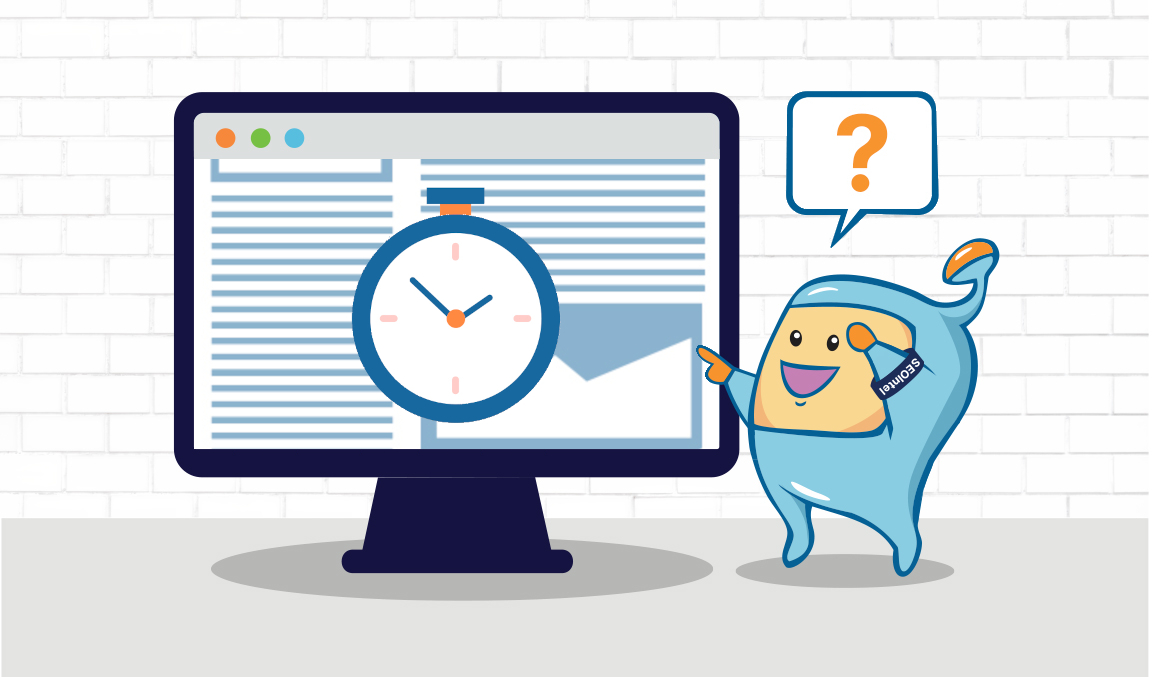
Google has considered page speed as a ranking factor since 2010.
Google further emphasized the importance of page speed with the "Speed" update in 2018, reinforcing the need for fast-loading websites.
A fast-loading web page is important for several reasons:
1. User Experience
Users expect websites to load quickly and may become frustrated or impatient if they have to wait too long.
A slow-loading page can lead to a poor user experience, increased bounce rates (when users leave the site without interacting further), and reduced engagement.
2. Search Engine Optimization (SEO)
Page speed is a ranking factor in search engine algorithms, particularly for mobile searches. Search engines prioritize delivering a positive user experience, and fast-loading pages contribute to that.
Websites that load quickly tend to have better rankings in search engine results pages (SERPs).
3. Conversion Rates
Studies have shown that slow-loading pages negatively impact conversion rates.
Users are more likely to abandon a website or online transaction if it takes too long to load.
Faster page speed can lead to improved conversion rates, higher customer satisfaction, and increased revenue.
Google determines a site's loading speed using various methods and data sources.
One of the primary sources is the data collected by the Google Chrome User Experience Report (CrUX).
The CrUX database consists of real user data from millions of Chrome users worldwide, providing insights into how users experience and perceive website performance.
Google analyzes the CrUX data to calculate various performance metrics, including First Contentful Paint (FCP), Largest Contentful Paint (LCP), Cumulative Layout Shift (CLS), and other Core Web Vitals.
These metrics measure different aspects of page loading and interactivity to assess the overall user experience.
In addition to the CrUX data, Google also uses its own tools, such as PageSpeed Insights and Lighthouse, to evaluate and measure a site's loading speed.
These tools simulate page loading in controlled environments and provide performance scores and recommendations based on predefined metrics and best practices.
Google also considers factors like server response time, resource optimization, code efficiency, and mobile-friendliness to evaluate a site's loading speed.
It takes into account various technical aspects, such as file compression, caching mechanisms, script execution, network latency, and rendering performance.
It's important to note that Google's determination of a site's loading speed may vary depending on the specific tool or data source used.
Different metrics and methodologies can provide different perspectives on performance, and the ranking algorithm may prioritize certain metrics over others.
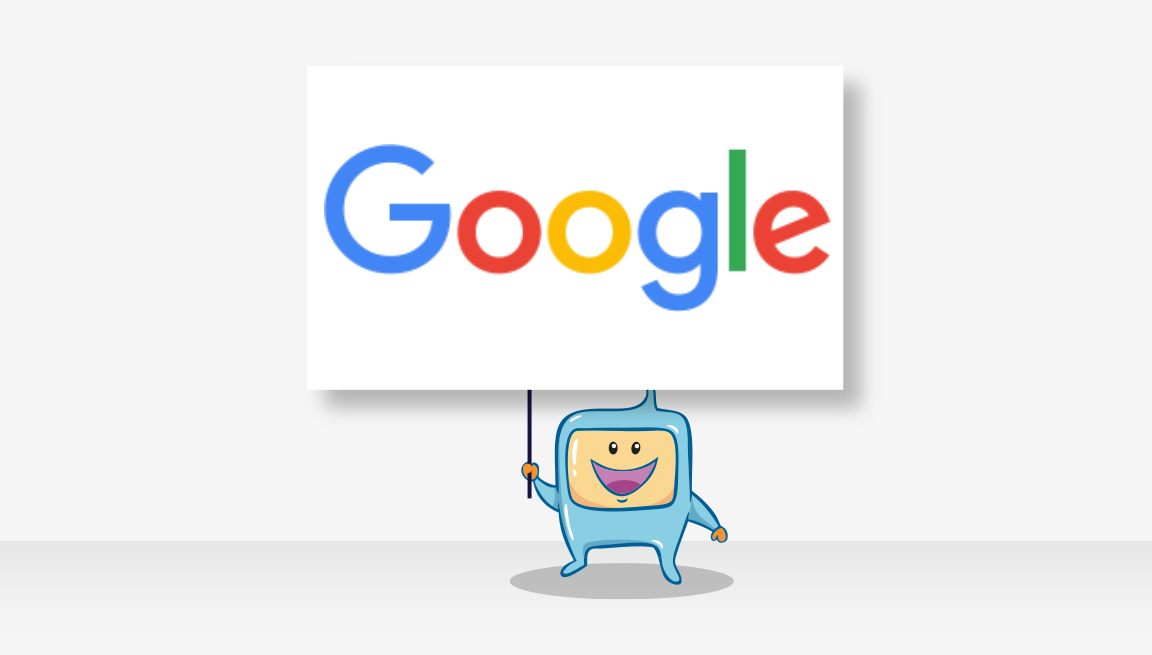
Google considers various elements to determine a site's speed and overall performance.
Here are some key factors that Google takes into account:
Since optimizing page speed has become a critical aspect of SEO, follow these best practices to keep up with the changing times:
One of the major factors that can slow down a website is large image files.
As such optimizing images is essential for improving website performance and reducing page load times.
Here are some techniques to optimize images:
Resize images
Scale down images to the appropriate dimensions needed for display on your website.
Use image editing software or online tools to resize images before uploading them.
Avoid using large images and relying on HTML or CSS to resize them, as it still requires the browser to download the full-size image.
Compress images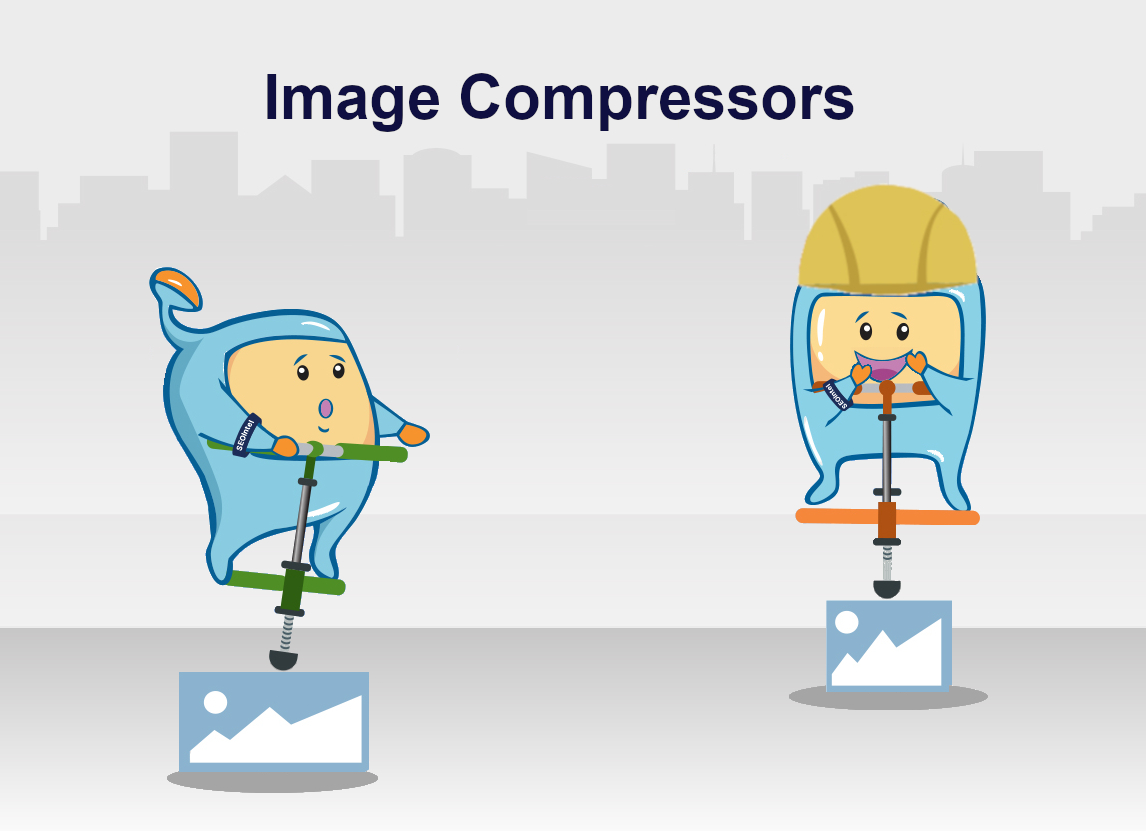
Image compression reduces the file size of an image without significantly affecting its visual quality.
Use image compression tools or online services to compress your images.
There are two types of compression: lossless and lossy.
Lossless compression preserves the original image quality, while lossy compression sacrifices some quality to achieve higher compression rates.
Choose the appropriate compression method based on your requirements.
There are various tools available, such as WP Smush, that can automatically compress images on your website.
Choose the right file format
Select the appropriate image file format based on the type of image and its content.
The most common image formats for the web are JPEG, PNG, and GIF.
Use JPEG for photographs and complex images with many colors, PNG for images with transparency or sharp edges, and GIF for simple animations or images with a limited color palette.
Optimize image file formats
Depending on the image content, you can further optimize the image file formats to reduce file size.
For example, JPEG images can be optimized by adjusting the compression level or removing unnecessary metadata.
PNG images can be optimized by using tools that remove unused colors or apply more efficient compression algorithms.
Lazy loading
Implement lazy loading techniques for images on your website.
Lazy loading defers the loading of images that are not immediately visible on the screen, reducing the initial page load time.
As users scroll down, the images are loaded only when they come into view.
There are JavaScript libraries and plugins available that can help implement lazy loading easily.
Use responsive images
Implement responsive image techniques to serve different sizes of images based on the user's device and viewport size.
This ensures that users on smaller devices receive appropriately sized images, reducing unnecessary downloads and improving performance.
Leverage caching
Configure caching headers for images to allow the browser to store the images locally.
This way, when a user visits your website again, the images can be retrieved from the cache instead of being downloaded again, resulting in faster load times.
Content delivery network (CDN)
Utilize a CDN to store and deliver your images from servers located closer to your website visitors.
CDNs reduce the distance between the user and the server, improving image loading times.
Remember to strike a balance between image quality and file size.
While optimizing images is crucial for performance, it's important to maintain a visually appealing and high-quality user experience.
Test your optimized images across different devices and browsers to ensure they retain their intended quality while providing faster loading times.
Minification is the process of reducing the size of a file by removing unnecessary characters and whitespace without affecting its functionality.
When it comes to web development, files such as HTML, CSS, and JavaScript contain various characters and formatting elements, such as comments, whitespace, line breaks, and indentation.
While these elements are essential for human readability and maintaining code structure, they add extra bytes to the file size.
Minification involves removing or reducing these unnecessary elements from the code, resulting in a smaller file size.
The process typically includes the following optimizations:
Removal of comments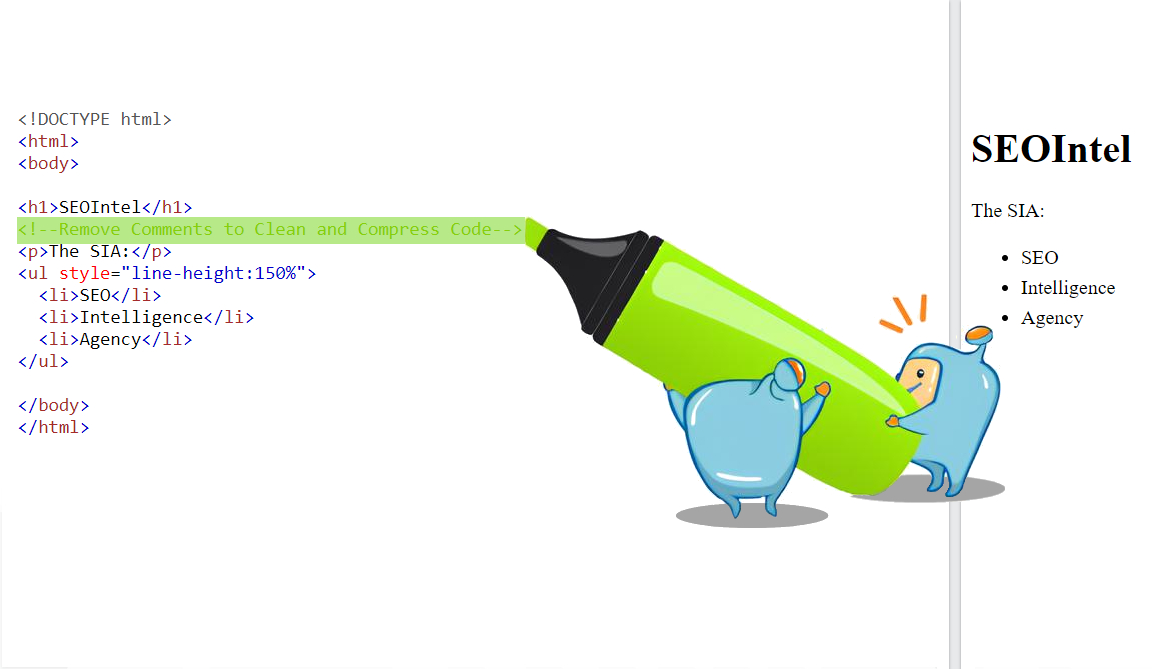
Comments are snippets of text within the code that provide explanations or annotations.
While useful for developers, comments are not required for the functioning of the code and can be safely removed during minification.
Elimination of whitespace
Whitespace characters, such as spaces, tabs, and line breaks, are necessary for code readability but do not affect its execution.
Minification involves removing or reducing excessive whitespace, compacting the code into a more condensed form.
Shortening of variable and function names
In programming languages like JavaScript, variable and function names can be lengthy and descriptive. During minification, these names can be shortened to shorter, more concise alternatives without changing the functionality of the code.
Concatenation of code
In web development, it is common to have multiple CSS or JavaScript files linked to a webpage.
Minification often involves combining these separate files into a single file, reducing the number of HTTP requests required to load the page.
The benefits of minification include improved website performance and faster loading times.
Smaller file sizes reduce the amount of data that needs to be transferred over the network, resulting in quicker downloads for website visitors.
Additionally, minification can enhance search engine optimization (SEO) by improving a website's page speed, which is a factor considered by search engines when ranking websites in search results.
While minification is an effective technique for optimizing code, it is important to note that the minified code is typically not intended for human readability or modification.
Therefore, it is crucial to keep a separate, unminified version of the code for easier maintenance and debugging purposes during the development process.
The hosting provider you choose can have a significant impact on your website's loading speed.
Shared hosting environments with limited resources may result in slower loading times.
Consider upgrading to premium or dedicated hosting plans that offer better server resources and performance, resulting in faster page speed.
By setting cache headers and expiration dates on server responses, browsers can store certain page elements (such as images, CSS, and JavaScript files) locally.
This allows subsequent visits to the website to load these elements from the cache rather than making new requests to the server, resulting in faster page load times.
A content delivery network (CDN) is a network of servers strategically positioned in various geographic locations.
The purpose of a CDN is to distribute website content across these servers, ensuring that users can access the content from a server that is closest to their location.
By doing so, CDNs reduce latency and significantly improve page load times.
The implementation of a CDN can be highly beneficial, particularly for websites that cater to a global audience.
Instead of relying on a single server located in a specific region, a CDN leverages its network of servers to deliver content efficiently and quickly to users around the world.
When a user requests a webpage or file, the CDN automatically directs the request to the server that is geographically closest to the user's location.
This minimizes the distance data needs to travel, reducing the time it takes for the content to reach the user's browser.
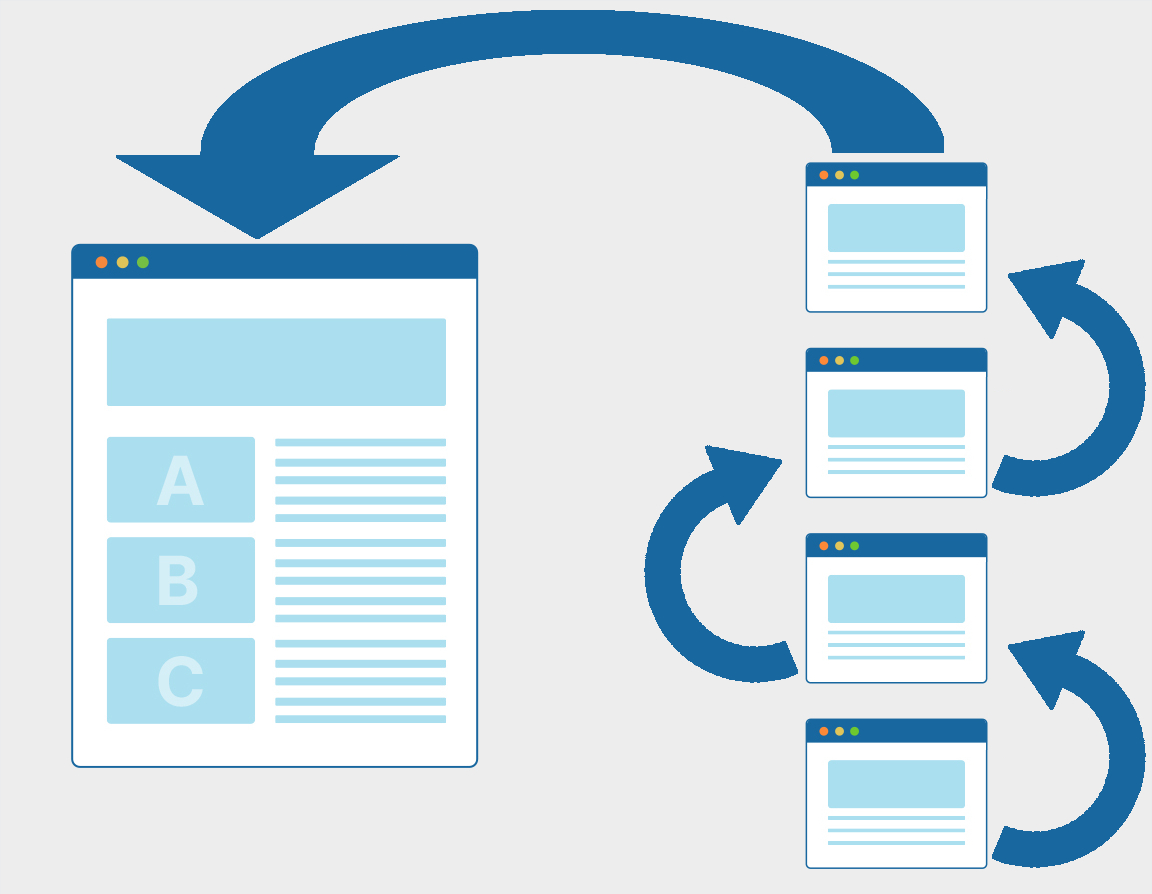
The number of redirects that occur when accessing the page.
Excessive redirects can add unnecessary latency and negatively impact page loading times.
To reduce redirects on a website, follow these best practices:
Review and Consolidate Redirect Chains
Check your website for redirect chains, which occur when multiple redirects are in place to reach the final destination.
Identify and eliminate unnecessary redirects to create a more streamlined user experience.
Update Internal Links
Review internal links within your website and ensure they point directly to the final destination instead of redirecting through multiple URLs.
This helps reduce the number of unnecessary redirects and improves page load times.
Use Direct Links for External Resources
When linking to external resources, such as images, CSS files, or JavaScript libraries, use direct links instead of intermediate URLs that redirect.
This avoids unnecessary redirect hops and speeds up the loading of external resources.
Update or Fix Broken Links
Broken links often result in redirects or error pages.
Regularly scan your website for broken links and fix or remove them to prevent unnecessary redirects and enhance the user experience.
Update URL Structure
If you're restructuring your website or changing the URL format, make sure to update internal links, sitemaps, and any other references to the old URLs.
This avoids the need for redirects when users access outdated URLs.
Avoid URL Shorteners
While URL shorteners may be useful for sharing links on social media or in limited character spaces, they introduce additional redirects.
Whenever possible, use the original, direct URLs instead of shortening them.
Implement 301 Redirects for Permanent Changes
When you need to redirect users from an old URL to a new one permanently, use 301 redirects.
These tell search engines that the redirection is permanent, helping preserve SEO value and avoiding unnecessary redirect chains.
Monitor Website Changes
Regularly review your website for any changes, updates, or modifications that may introduce new redirects.
Keep track of your redirects and ensure they are necessary and optimized for performance.

Mobile-friendliness is crucial for providing a smooth user experience on mobile devices.
When a website is mobile-friendly, it is optimized to load quickly and display properly on smaller screens.
This optimization reduces the amount of data that needs to be downloaded, resulting in faster page load times.
To ensure mobile-friendliness, several factors need to be considered:
Responsive Design
Implement a responsive design that automatically adjusts the layout and content based on the user's device screen size.
This ensures that the website is visually appealing and functional across different mobile devices.
Mobile-Friendly Navigation
Optimize the navigation menu and user interface for mobile devices.
Use mobile-friendly menu styles, such as collapsible menus or hamburger menus, to make navigation intuitive and easy to use on smaller screens.
Readability and Font Size
Use legible font sizes and appropriate spacing to ensure that text content is easily readable on mobile devices without zooming or scrolling horizontally.
Consider the limited screen space and optimize the font sizes accordingly.
Touch-friendly Elements
Make sure buttons, links, and interactive elements are large enough and spaced out to accommodate touch interactions.
This helps users navigate the website and interact with content without difficulty.
Optimized Images and Media
Optimize images and media files to reduce their file sizes without compromising quality.
Compress images, use modern image formats (such as WebP), and lazy-load media to ensure faster loading times on mobile devices with potentially slower internet connections.
Page speed can be measured using various tools and metrics.
To accurately assess your website's page speed, it's essential to use multiple page speed testing tools such as:
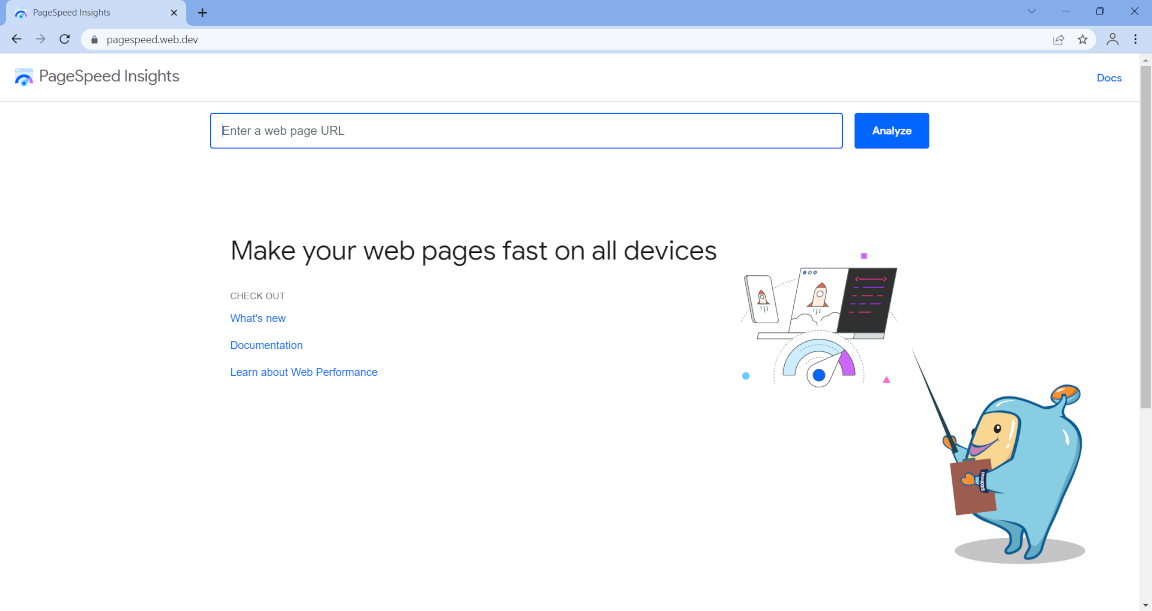
PageSpeed Insights is a tool developed by Google that analyzes the content of a web page and generates a performance report.
It evaluates both mobile and desktop versions of a site, providing insights into its loading speed and offering suggestions for improvement.
The tool uses a variety of metrics and indicators to assess different aspects of a website's performance.
PageSpeed Insights assigns a score to each analyzed web page based on its loading speed.
The score ranges from 0 to 100, with higher scores indicating better performance.
It takes into account various factors, including both technical and user-centric aspects, to provide an overall evaluation of a page's speed.
While PageSpeed Insights is a valuable tool for evaluating website performance, it's important to note that it primarily focuses on network-independent factors and does not consider the specific network conditions experienced by users in different locations or on different devices.
Google's emphasis on loading speed underscores its commitment to providing users with the best possible experience.
Lighthouse is an open-source tool developed by Google that helps analyze and audit the performance, accessibility, best practices, SEO, and progressive web app aspects of a website.
It provides a comprehensive report with actionable insights and recommendations for improving website performance and user experience.
Lighthouse can be run directly in the Google Chrome browser or through the Lighthouse CLI (command-line interface).
WebPageTest is a free online tool that allows you to test and analyze the performance of web pages from multiple locations around the world.
It provides detailed reports on various performance metrics, including load time, first byte time, render time, and waterfall charts that show the loading sequence of resources.
WebPageTest offers advanced testing options, such as selecting different connection speeds and device emulation, to simulate real-world conditions and evaluate website performance under different scenarios.
GTmetrix is another popular web performance analysis tool that provides insights into the performance of web pages.
It offers a combination of PageSpeed and YSlow scores, which are based on Google's PageSpeed Insights and Yahoo's YSlow recommendations, respectively.
GTmetrix provides detailed reports with performance grades, optimization recommendations, waterfall charts, and various performance metrics.
It allows users to test websites from different locations, devices, and connection speeds.
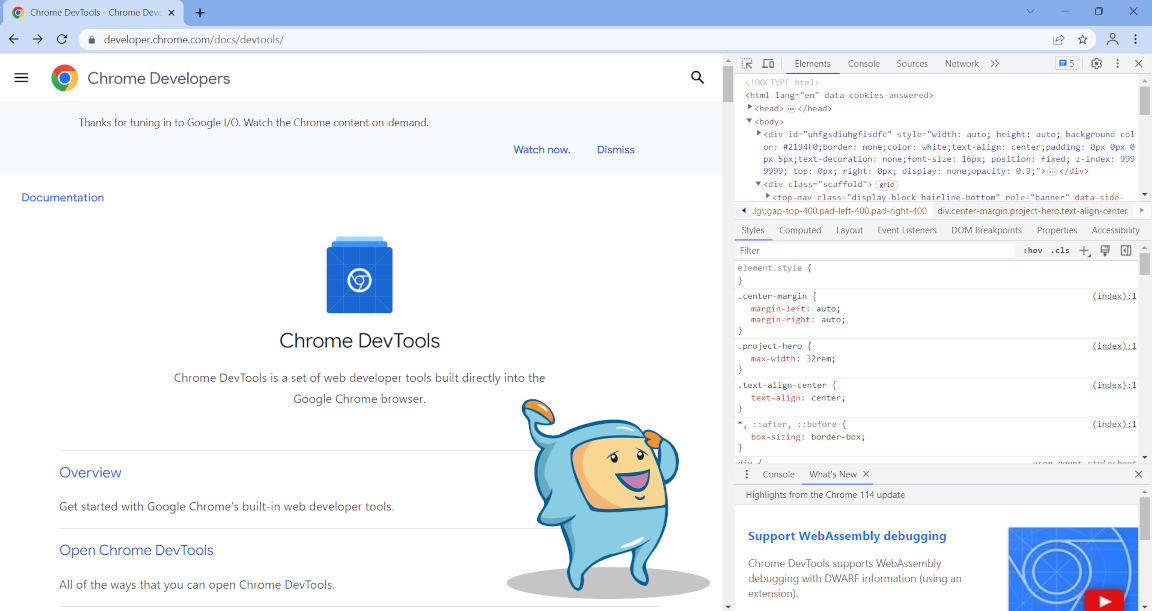
Chrome DevTools is a set of web development and debugging tools built into the Google Chrome browser.
It offers a range of features to analyze and optimize website performance, including network monitoring, performance profiling, JavaScript debugging, CSS inspection, and more.
With Chrome DevTools, developers can identify performance bottlenecks, measure loading times, analyze resource usage, and diagnose issues affecting website performance.
It is a powerful tool for real-time performance analysis and debugging during web development.
These tools are widely used by developers and website owners to evaluate and improve the performance of their websites.
When measuring page speed, it's important to consider multiple metrics such as FCP, LCP, TTFB, and others to gain a holistic view of performance.
Conducting tests from different locations, devices, and network conditions can help identify potential issues and optimize the website for a broader range of users.
In conclusion, page speed is a crucial factor in SEO and plays a significant role in the success of a website.
With the increasing expectations of internet users for fast-loading websites, optimizing page speed has become essential for providing a positive user experience and maintaining high search engine rankings.
By understanding the importance of page speed and implementing effective strategies website owners can significantly improve their website's performance.
A faster loading speed not only enhances user satisfaction but also contributes to better search engine rankings and increased visibility in search engine results.
Websites that prioritize page speed are more likely to attract and retain visitors, reduce bounce rates, and improve conversion rates.
Website owners can stay ahead of the competition, provide a seamless browsing experience, and achieve their SEO goals.
It is a continuous process that requires monitoring, analysis, and proactive improvements to ensure that websites deliver fast and engaging user experiences.